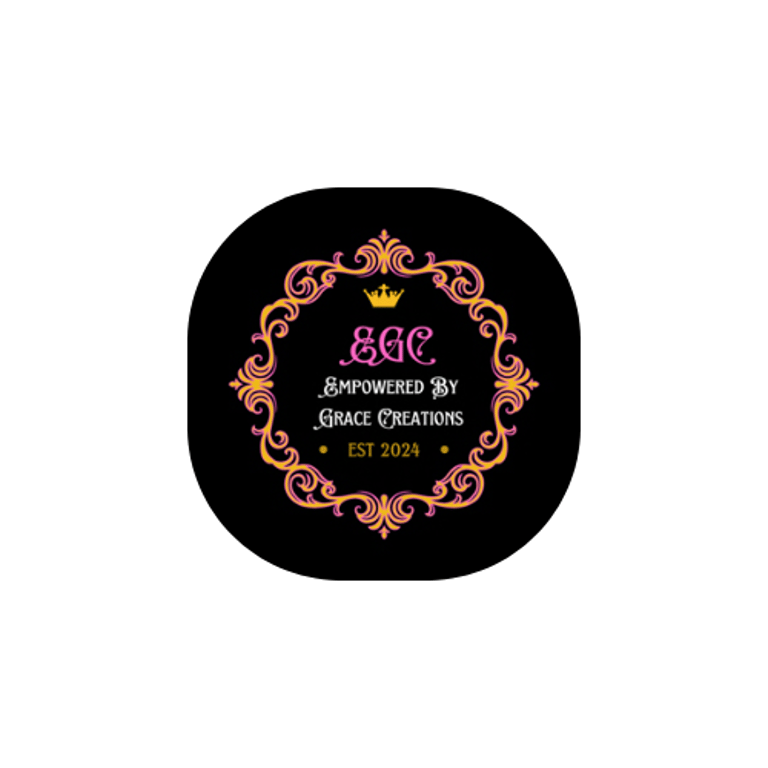AI’s Impact on Creative Professions: 2025 Industry Shifts. How AI Affects Creatives.
AI’s impact on creative professions — Explore how AI is disrupting photography, translation, and other creative fields, and learn how professionals are adapting in 2025. How AI Affects Creatives.
Sarah Gordon-Woodard, MBA, BSN RN
4/7/20253 min read


Introduction
Artificial Intelligence (AI) is no longer a futuristic concept; it’s here, and it’s transforming creative professions at a rapid pace. In 2025, fields like photography, translation, graphic design, and writing are feeling the disruption. For many professionals, this means adapting to new technologies, learning new skills, or even pivoting into entirely different careers. In this article, we’ll explore the impact of AI on creative industries, highlight areas of opportunity, and provide practical strategies for professionals to thrive in an evolving landscape.
H2: How AI Is Disrupting Creative Professions
H3: AI in Photography
AI tools like automated image enhancement, AI-generated photography, and photo manipulation software are replacing manual editing and even the need for original photos in some commercial applications.
H3: AI in Translation
Machine translation platforms such as DeepL and Google Translate have become increasingly accurate, handling real-time multilingual communication and reducing demand for traditional human translators.
H3: AI in Content Creation
AI writing tools like GPT-based platforms are producing blogs, social media captions, and marketing materials, causing content writers to rethink their roles.
H2: Creative Professions Most Affected by AI
Photography
AI is automating editing, replacing stock images, and generating realistic visuals that reduce the demand for traditional photography in commercial projects.
Translation
Real-time translation tools and automated subtitling are reducing demand for basic human translation services but increasing the need for nuanced localization.
Graphic Design
AI-based design generators, like Canva’s AI features, are simplifying design processes, allowing non-designers to create professional visuals.
Copywriting
AI content generators are producing short-form content, prompting copywriters to focus on strategy, storytelling, and brand voice.
H2: Adaptation Strategies for Creative Professionals
H3: Upskilling in AI Tools
Photographers can master AI-enhanced editing platforms, while translators can become localization experts for nuanced cultural adaptations.
H3: Focus on Human Touch
While AI can replicate processes, it cannot replace human emotion, cultural context, and creativity. Professionals should emphasize these unique skills.
H3: Diversify Services
Professionals should consider offering consulting, teaching, or hybrid services that combine human creativity with AI efficiency.
H2: New Opportunities Created by AI
H3: AI-Enhanced Creativity
Rather than replacing creatives, AI can be a collaborative tool for brainstorming, rapid prototyping, and content ideation.
H3: Demand for Ethical AI Consultants
Brands are hiring professionals who can guide them in ethical AI use, ensuring fairness, transparency, and creativity.
H3: AI Training Specialists
Opportunities are growing for professionals who can teach others how to use AI in creative fields.
H2: The Psychological Impact on Creative Professionals
H3: Fear of Replacement
Many creatives feel anxious about job security, leading to career pivots or stress-related mental health challenges.
H3: Opportunity for Reinvention
Forward-thinking professionals see AI not as a threat but as a catalyst to evolve, reinvent themselves, and focus on higher-value work.
H2: AI and the Future of Work in Creative Industries
Hybrid jobs will dominate, blending human creativity with AI tools.
Micro-specializations will emerge, focusing on niche areas AI can’t fully master.
Soft skills like empathy, storytelling, and cultural understanding will become premium assets.
H2: Real-World Examples of AI in Creative Professions
H3: Shutterstock’s AI-Generated Images
Shutterstock now offers AI-generated visuals, combining convenience with creativity for designers and marketers.
H3: Canva’s Magic Design Tool
Canva’s AI features allow non-designers to create professional-quality graphics effortlessly.
H3: DeepL’s Human-Like Translation
DeepL has become a go-to tool for businesses looking for near-human quality translations without the cost.
H2: How Creative Education Is Changing
Schools and online platforms are integrating AI literacy into creative curriculums. Courses in prompt engineering, AI ethics, and digital strategy are increasingly popular.
H2: Conclusion
AI’s impact on creative professions is undeniable. While automation threatens certain tasks, new opportunities are emerging for those willing to adapt and innovate. The key lies in embracing technology as a partner rather than a competitor, focusing on the unique human elements that AI cannot replicate.
FAQs
Q1: Which creative professions are most impacted by AI?
Photography, translation, graphic design, and copywriting are among the most affected.
Q2: Can AI completely replace creative professionals?
No. AI can automate tasks but cannot replicate human emotion, cultural nuance, and creativity.
Q3: How can professionals adapt to AI disruption?
By upskilling, focusing on uniquely human traits, and diversifying services.
Q4: What new opportunities does AI create for creatives?
AI-enhanced creativity, ethical consulting, and AI training roles are emerging.
Q5: Are there psychological impacts for creatives due to AI?
Yes, including job security fears and stress, but also opportunities for reinvention.
Q6: What should creative professionals focus on in the future?
Soft skills, storytelling, emotional intelligence, and mastery of AI collaboration tools.
